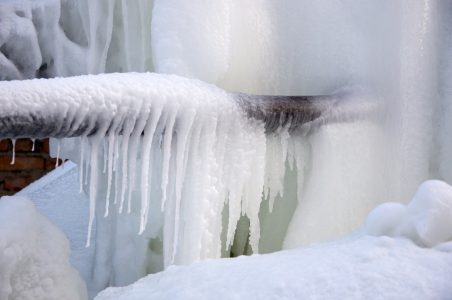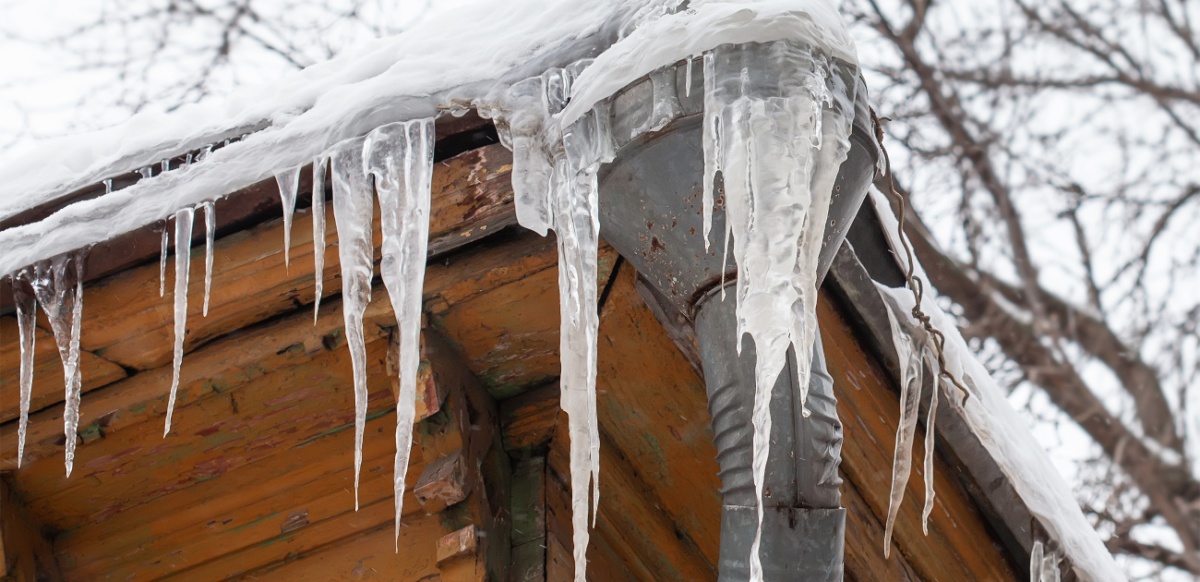Guidance for Preventing Frozen Pipes in Cold Weather: Specialist Insights
Guidance for Preventing Frozen Pipes in Cold Weather: Specialist Insights
Blog Article
The writer is making several good pointers related to Prevent Frozen Pipes as a whole in the article further down.

Winter can damage your plumbing, particularly by freezing pipelines. Below's just how to stop it from occurring and what to do if it does.
Introduction
As temperature levels decrease, the threat of frozen pipes boosts, possibly bring about costly repairs and water damage. Recognizing how to prevent frozen pipelines is important for homeowners in cold climates.
Comprehending Icy Pipelines
What creates pipelines to freeze?
Pipelines freeze when subjected to temperature levels listed below 32 ° F (0 ° C) for prolonged durations. As water inside the pipelines ices up, it increases, taxing the pipeline walls and possibly creating them to break.
Dangers and damages
Frozen pipes can lead to water supply disturbances, residential property damages, and pricey fixings. Burst pipes can flooding homes and cause comprehensive architectural damage.
Indications of Frozen Piping
Determining icy pipelines early can stop them from rupturing.
Exactly how to recognize icy pipelines
Look for decreased water flow from faucets, unusual odors or sounds from pipes, and visible frost on revealed pipes.
Prevention Tips
Shielding vulnerable pipelines
Wrap pipes in insulation sleeves or use heat tape to shield them from freezing temperature levels. Concentrate on pipelines in unheated or outside locations of the home.
Heating methods
Maintain indoor spaces sufficiently warmed, particularly locations with pipes. Open up cupboard doors to enable warm air to distribute around pipelines under sinks.
Safeguarding Outside Plumbing
Yard hose pipes and outside faucets
Detach and drain garden tubes before wintertime. Install frost-proof spigots or cover exterior taps with protected caps.
What to Do If Your Pipelines Freeze
Immediate activities to take
If you suspect icy pipelines, keep taps available to ease pressure as the ice thaws. Utilize a hairdryer or towels soaked in warm water to thaw pipelines gradually.
Long-Term Solutions
Structural changes
Take into consideration rerouting pipes far from exterior wall surfaces or unheated locations. Add added insulation to attic rooms, basements, and crawl spaces.
Upgrading insulation
Invest in high-quality insulation for pipelines, attic rooms, and walls. Correct insulation aids preserve consistent temperature levels and lowers the risk of frozen pipelines.
Final thought
Avoiding frozen pipelines calls for proactive actions and quick actions. By comprehending the causes, indicators, and safety nets, home owners can protect their plumbing during cold weather.
5 Ways to Prevent Frozen Pipes
Drain Outdoor Faucets and Disconnect Hoses
First, close the shut-off valve that controls the flow of water in the pipe to your outdoor faucet. Then, head outside to disconnect and drain your hose and open the outdoor faucet to allow the water to completely drain out of the line. Turn off the faucet when done. Finally, head back to the shut-off valve and drain the remaining water inside the pipe into a bucket or container. Additionally, if you have a home irrigation system, you should consider hiring an expert to clear the system of water each year.
Insulate Pipes
One of the best and most cost-effective methods for preventing frozen water pipes is to wrap your pipes with insulation. This is especially important for areas in your home that aren’t exposed to heat, such as an attic. We suggest using foam sleeves, which can typically be found at your local hardware store.
Keep Heat Running at 65
Your pipes are located inside your walls, and the temperature there is much colder than the rest of the house. To prevent your pipes from freezing, The Insurance Information Institute suggests that you keep your home heated to at least 65 degrees, even when traveling. You may want to invest in smart devices that can keep an eye on the temperature in your home while you’re away.
Leave Water Dripping
Moving water — even a small trickle — can prevent ice from forming inside your pipes. When freezing temps are imminent, start a drip of water from all faucets that serve exposed pipes. Leaving a few faucets running will also help relieve pressure inside the pipes and help prevent a rupture if the water inside freezes.
Open Cupboard Doors
Warm your kitchen and bathroom pipes by opening cupboards and vanities. You should also leave your interior doors ajar to help warm air circulate evenly throughout your home.

I'm certainly very fascinated with Preventing and dealing with frozen pipes and I am praying you appreciated my blog post. Are you aware of somebody else who is looking into the niche? Be sure share it. We appreciate reading our article about Prevent Frozen Pipes .
Click Here Report this page